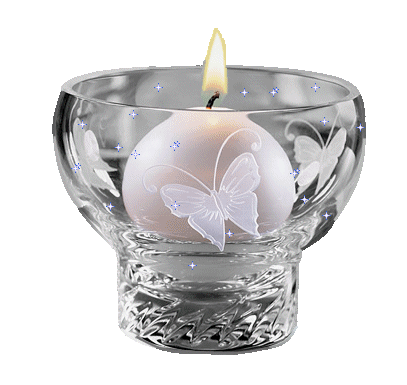 The striking green color in 'Self-Portrait Dedicated to Paul Gauguin' by Vincent van Gogh is made with the aid of arsenic. (Photo: Vincent van Gogh/Wikimedia Commons)
The striking green color in 'Self-Portrait Dedicated to Paul Gauguin' by Vincent van Gogh is made with the aid of arsenic. (Photo: Vincent van Gogh/Wikimedia Commons)
Our obsession with color goes way back: Prehistoric people mixed plant colors, and during the Middle Ages, the only way to achieve a brilliant blue was from Lapis lazuli, a deep blue stone found only in Afghanistan. (It was more valuable than gold for a time.)
At Harvard's Fogg Art Museum, Edward Forbes, considered a father of conservation in the United States, was interested in colors as a way to authenticate paintings. In the process of figuring out if a classic Italian painting really was what its seller said, he collected and the could later reference his own pigment collection, which eventually grew to more than 2,500 examples. Each one had its own history, including where it came from, how it was made, and how it was used.
This video explains more about the museum and its color collection:
Forbes ran the museum until 1944, but his pigment library is still used today; in fact, those colors have been added to modern 20th and 21st century colors. "We use our instruments in the same way that forensic scientists do," says Narayan Khandekar, who now oversees the collection and directs the Straus Center for Conservation and Technical Studies at the Harvard Art Museums. "We examine and find out what we can about the key compounds that will tell us the material's origin," Khandekar told Fast Company.
According to the article: "For example, their work was instrumental in proving that a Jackson Pollock painting 'rediscovered' in 2007 was actually a fake, after pigment analysis revealed that a specific red color was manufactured 20 years after the artist's death. The color, Red 254, was a by-product of a chemical reaction first documented in 1974; it's also nicknamed 'Ferrari red.'"
Many of the stories of a color's origins are fascinating. Here are a few from the pigment library:
Arsenical green
To get a gorgeous shade of emerald green (an incredibly popular color during the late 1800s) arsenic was needed to create the crystalline powder copper acetoarsenite, which is as toxic as it sounds. The Fogg Museum’s own “Self-Portrait Dedicated to Paul Gauguin” by Vincent van Gogh contains it. "Inexpensive to make, the color became a popular shade for household paint near the end of the 1800s and into the early 1900s, but its fumes could prove deadly. Later, the inorganic compound was used in insect repellant," as Khandekar details in the audio clip below for the Harvard Gazette:
Synthetic blue
To extract blue color from lapis lazuli, the rock had to be ground into a powder that was fine enough to use as a dye, but not too big, which wouldn't leave enough color behind. Mined in Afghanistan, the lapis would be used as color in many medieval paintings — and it was so valuable that it “often warranted its own budget line in agreements,” says Khandekar.
Crimson and Lithol red
“We found that when you tried to fade Lithol red as a powder, it was incredibly stable, but when you mixed it with ultramarine blue and a binding medium, it became incredibly light-sensitive. Our analysis helped us understand what was going on with the paint,” said Khandekar. “To be able to treat and best look after works of art, you need to know all the things that are going on with them, and the Forbes Pigment Collection helps us do that.”
For more clips and stories about colors including why purple is "royal" and what makes metallics shiny, check out the Harvard Gazette's full story on the pigment library.
Vincent (Starry, Starry Night) - Don McLean
Positively Van Gogh (Camilla verses in Studio) - Elston Gunn (early alias for Bob Dylan)




















































1 comment:
So, so interesting Petra. Had absolutely no idea how intense the process was in obtaining color. Fascinating stuff indeed.
Love, K. :)
Hope you had a great Memorial Day weekend! Still getting over this upper respiratory infection. Seems to have been with me all of May! Ugh!
Post a Comment